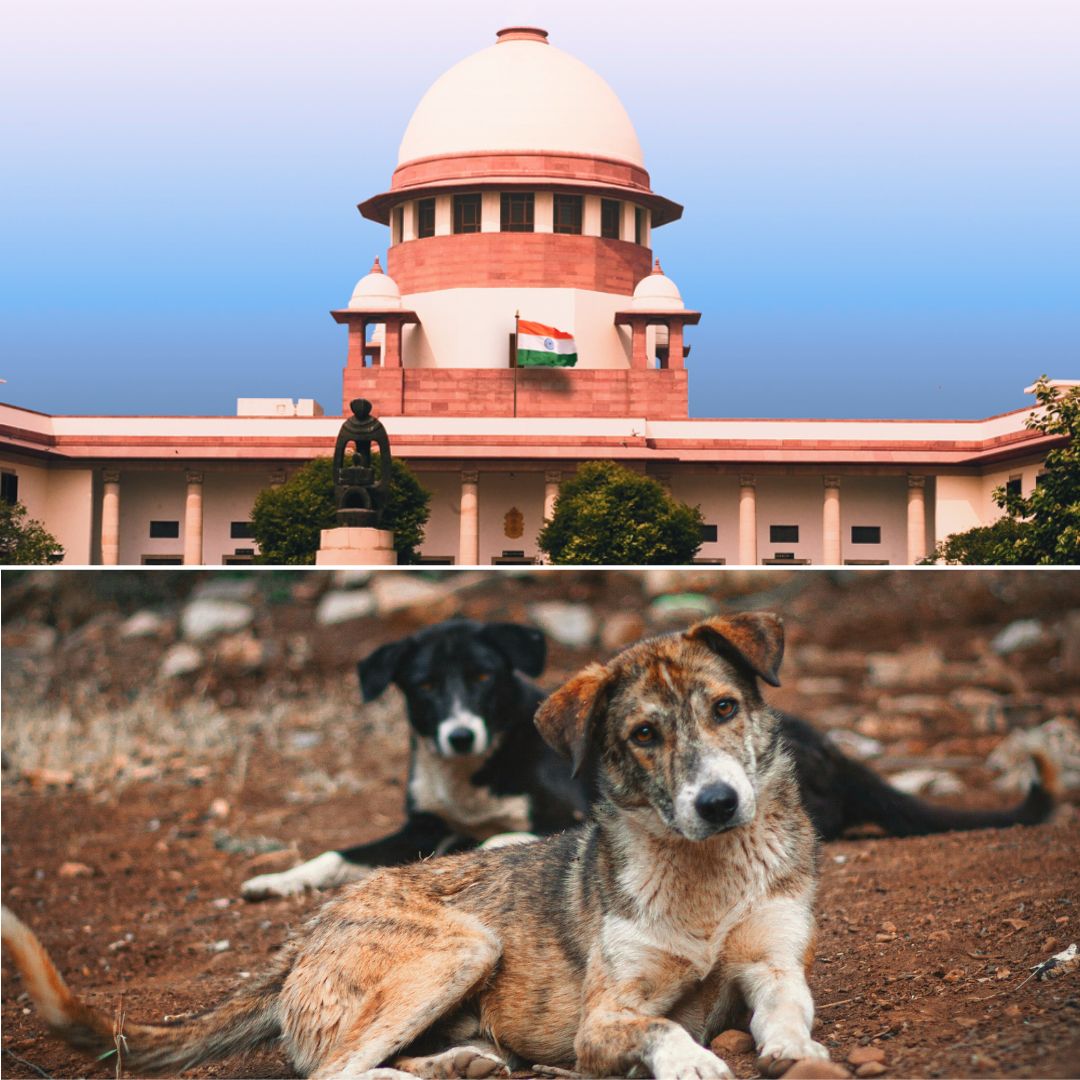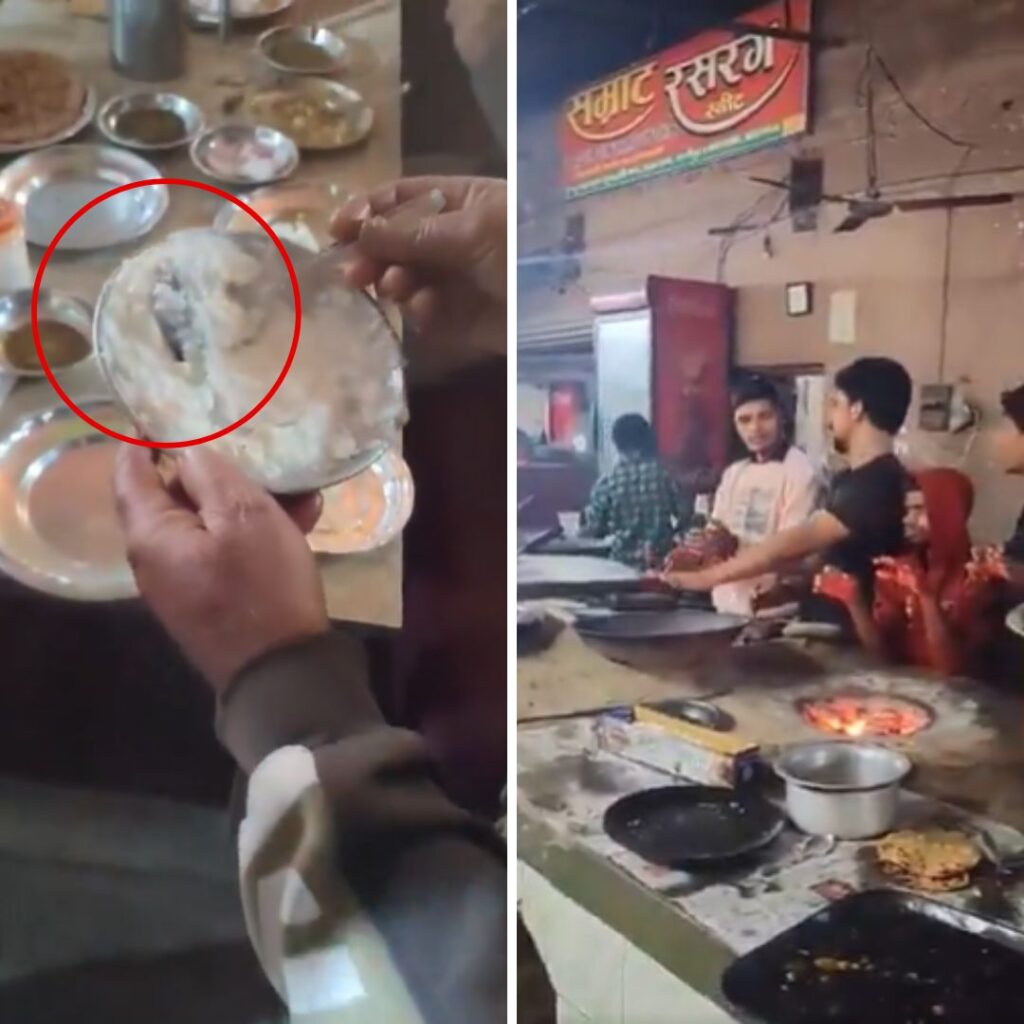The Supreme Court of India has reserved its order on interim pleas challenging the August 11 directive issued by a two-judge bench to remove stray dogs from Delhi NCR streets and relocate them to shelter homes. The directive was issued amid rising incidents of dog attacks and rabies deaths, especially affecting children, prompting calls for urgent action to protect public safety.
After concerns of conflicting earlier rulings and a backlash from animal rights groups, politicians, and citizens demanding more humane solutions, the matter was transferred to a three-judge bench comprising Justices Vikram Nath, Sandeep Mehta, and N V Anjaria.
The Court strongly criticised local authorities for their failure to establish shelters and manage the stray dog population effectively while warning against any obstruction of the clean-up exercise. The apex court’s judgment is awaited amid a divide between public safety needs and animal welfare concerns.
Supreme Court’s Directive and the Public Safety Imperative
On August 11, 2025, a two-judge bench of the Supreme Court issued a directive ordering the Government of National Capital Territory of Delhi, Municipal Corporation of Delhi, and other civic bodies in adjoining NCR regions to commence immediate removal of stray dogs from all localities.
The state authorities were mandated to sterilise, immunise, and relocate the dogs to shelters, with a firm instruction that no captured dog should be returned to its original habitat. The Court justified the order citing the alarming public health risks posed by the dogs, including over 3.7 million dog bite cases annually and numerous deaths due to rabies infection predominantly among children.
Solicitor General Tushar Mehta emphasised that sterilisation and vaccination alone could not curb attacks and deaths, prompting urgent removal as a protective necessity.
However, the bench also warned that any individual or organisation attempting to obstruct this lawful exercise would face strict legal action, including contempt proceedings. Warnings were also issued regarding the responsibility of all intervenors to provide affidavits and support evidence when filing pleas, reflecting the Court’s insistence on accountability from all parties involved.
Contention from Animal Rights Groups and Political Voices
The Court’s directive triggered widespread protests and vocal opposition from animal rights activists, citizens, and several prominent politicians including Rahul Gandhi, Priyanka Gandhi Vadra, and Maneka Gandhi. They argued the order was “cruel,” “shortsighted,” and against existing Animal Birth Control (ABC) Rules that classify stray dogs as “community animals” protected from displacement.
Advocates urged the Court to stay the removal order in favour of long-term, scientifically proven strategies involving sterilisation, vaccination, and community care programmes.
Several senior advocates and NGOs appeared before the Court, highlighting previous conflicting Supreme Court judgments that emphasised compassion and non-displacement of community dogs. The Chief Justice of India B.R. Gavai transferred the matter to the constitutionally larger three-judge bench to thoroughly review the competing perspectives and legal inconsistencies.
The Logical Indian’s Perspective
The Supreme Court’s ongoing deliberations mirror the challenging balance needed between safeguarding public health and ensuring humane treatment of animals. While rabies and dog attacks are serious and demand swift, effective action, responses must be grounded in empathy, scientific evidence, and sustainable welfare policies.
Blanket removal without adequate shelter infrastructure risks animal cruelty and ecological imbalance. Policies must prioritise comprehensive sterilisation and vaccination coupled with community involvement and proper shelters rather than reactive displacements that alienate and endanger both dogs and humans.
The Court’s sharp criticism of civic authorities for inaction highlights the need for government accountability alongside public vigilance. As Delhi NCR grapples with this issue, the question remains: How can citizens, policymakers, and animal welfare advocates collaboratively develop compassionate, practical strategies that protect children and the public without compromising animal dignity and coexistence?











